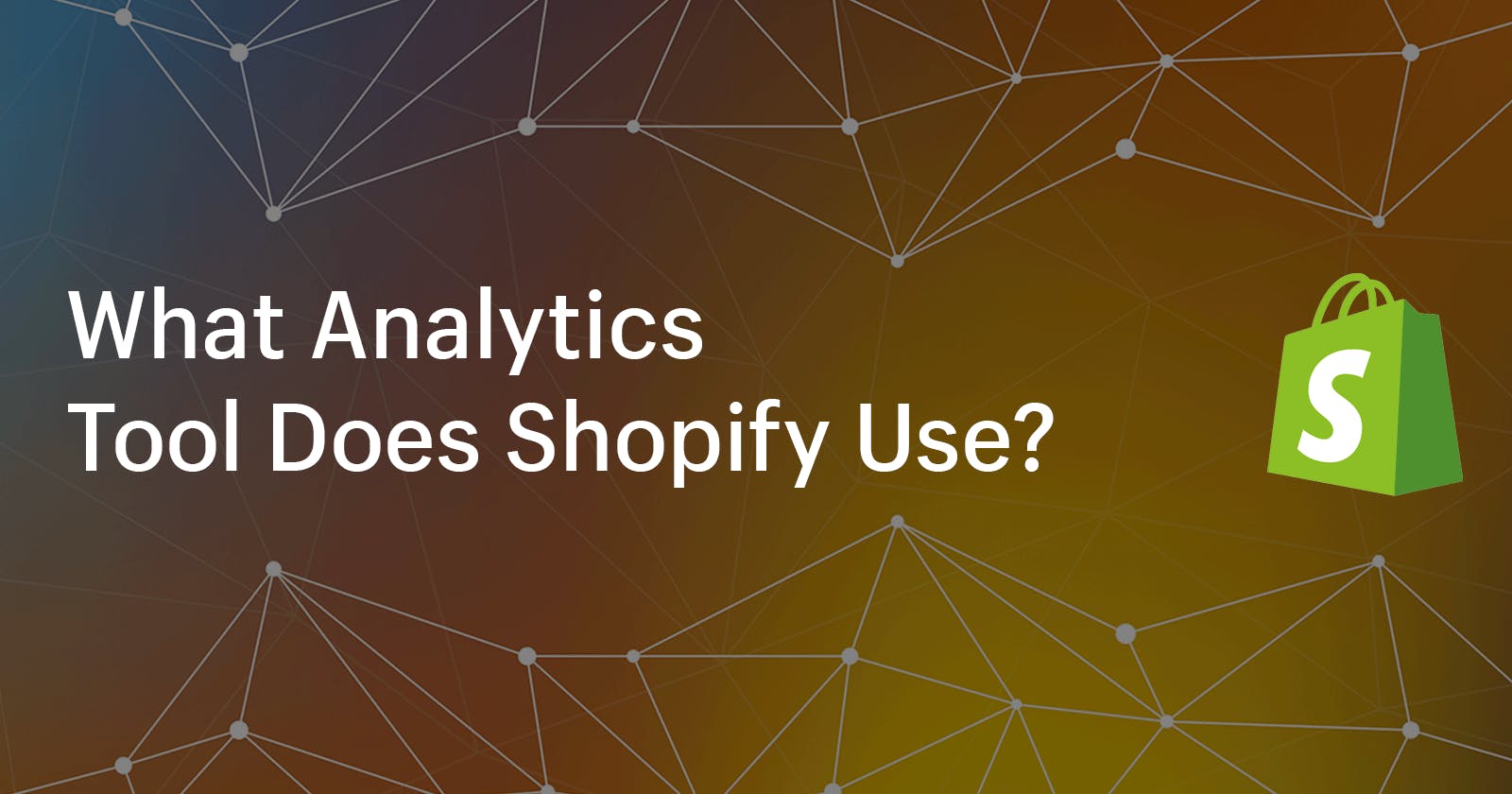Table of contents
As one of the leading e-commerce platforms in the world, Shopify provides merchants with a suite of powerful tools to help them grow and manage their online businesses. One of the most important aspects of running an e-commerce store is tracking and analyzing data to gain insights into customer behavior, sales trends, and other key metrics. To help merchants with this, Shopify provides a range of built-in analytics tools, as well as the ability to integrate with third-party analytics platforms.
So, what analytics tool does Shopify use? The answer is a bit more complicated than a simple one-word answer. Let's explore the different analytics tools that Shopify offers and how they can benefit merchants.
Shopify Analytics
The first and most basic analytics tool that Shopify offers is called Shopify Analytics. This is a built-in reporting tool that provides merchants with a variety of reports and data visualizations to help them track their store's performance. With Shopify Analytics, merchants can view metrics such as total sales, top-selling products, average order value, and more.
Shopify Analytics is a great starting point for merchants who are just getting started with analytics and want a simple, easy-to-use reporting tool. However, it has some limitations in terms of customization and deeper insights, which is where third-party analytics tools come into play.
Google Analytics
One of the most popular third-party analytics tools that Shopify merchants can integrate with is Google Analytics. Google Analytics is a free web analytics service provided by Google that tracks and reports website traffic and user behavior. By integrating Google Analytics with their Shopify store, merchants can gain access to a wealth of data about their customers and how they interact with their store.
Some of the benefits of using Google Analytics with Shopify include:
Customizable reports: With Google Analytics, merchants can create custom reports to track specific metrics that are important to their business.
Enhanced tracking: Google Analytics allows merchants to track more granular data, such as user behavior on specific pages, shopping cart abandonment rates, and more.
Third-party integrations: Google Analytics integrates with a wide range of third-party tools, such as heat mapping and A/B testing software, to provide even deeper insights into customer behavior.
Segment
Another popular analytics tool that Shopify merchants can use is Segment. Segment is a customer data platform that allows merchants to collect, clean, and send data to a variety of different analytics and marketing tools. By integrating Segment with their Shopify store, merchants can gain a more complete view of their customers and their behavior across different channels.
Some of the benefits of using Segment with Shopify include:
Unified data: Segment allows merchants to unify data from multiple sources, such as their website, mobile app, and email marketing campaigns, into a single platform.
Customizable integrations: Segment offers a wide range of integrations with different analytics and marketing tools, which can be customized to meet the specific needs of a merchant's business.
Data governance: Segment provides robust data governance features to ensure that data is collected and stored in compliance with privacy regulations.
Mixpanel
Mixpanel is another popular analytics tool that Shopify merchants can use to gain insights into customer behavior. Mixpanel is a product analytics platform that allows merchants to track how customers are using their products, including their e-commerce store. With Mixpanel, merchants can track user behavior across different touchpoints, such as their website, mobile app, and email campaigns.
Some of the benefits of using Mixpanel with Shopify include:
User segmentation: Mixpanel allows merchants to segment users based on specific behaviors, such as frequent shoppers or abandoned cart users, to gain deeper insights into their behavior.
Customizable events: Mixpanel allows merchants to create custom events to track specific actions, such as button clicks or forms.
Conclusion
In conclusion, Shopify offers a range of built-in and third-party analytics tools to help merchants gain insights into customer behavior, sales trends, and other key metrics. While Shopify Analytics provides a good starting point, merchants can benefit from integrating with third-party tools like Google Analytics, Segment, and Mixpanel to gain more granular insights and customize their analytics reporting.
Ultimately, the choice of which analytics tool to use will depend on the specific needs and goals of a merchant's business. Whether they choose to stick with Shopify Analytics or integrate with a third-party tool, the key is to use analytics to inform data-driven decisions and drive growth for their e-commerce store. By using analytics tools effectively, merchants can gain a competitive edge and achieve success in the crowded world of online retail.
